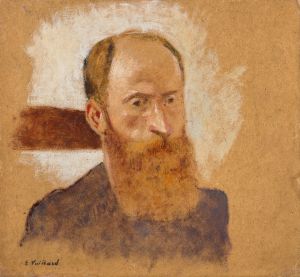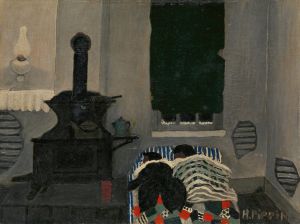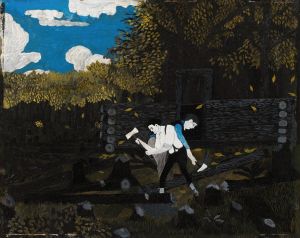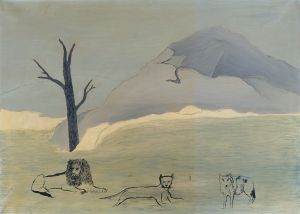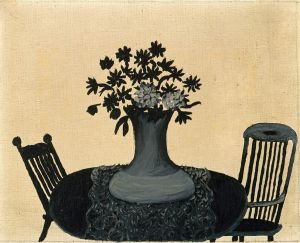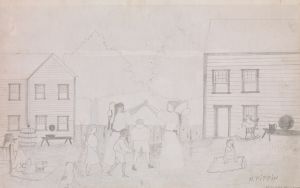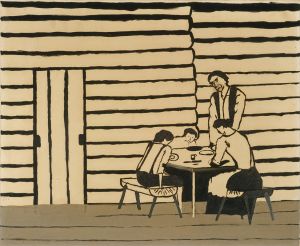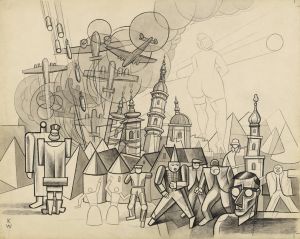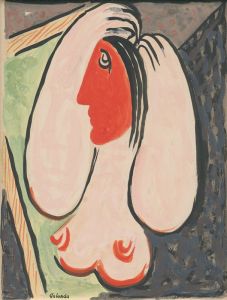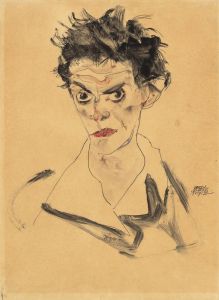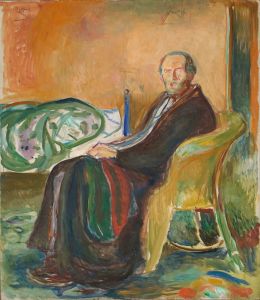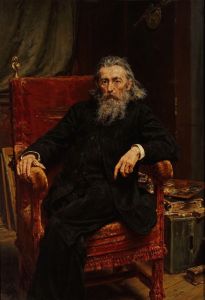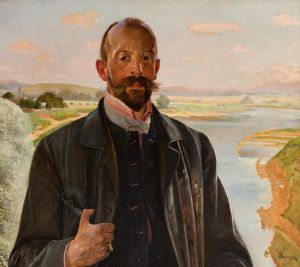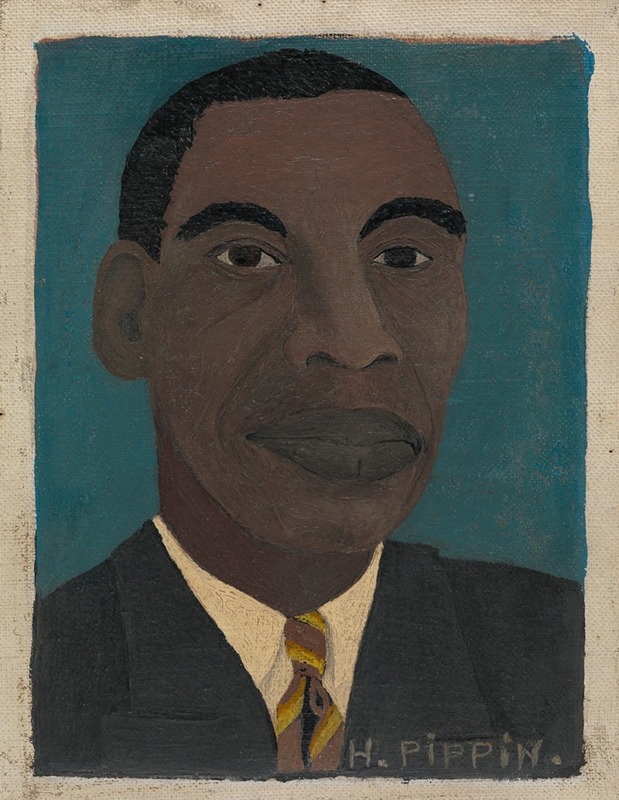
Self-Portrait II
A hand-painted replica of Horace Pippin’s masterpiece Self-Portrait II, meticulously crafted by professional artists to capture the true essence of the original. Each piece is created with museum-quality canvas and rare mineral pigments, carefully painted by experienced artists with delicate brushstrokes and rich, layered colors to perfectly recreate the texture of the original artwork. Unlike machine-printed reproductions, this hand-painted version brings the painting to life, infused with the artist’s emotions and skill in every stroke. Whether for personal collection or home decoration, it instantly elevates the artistic atmosphere of any space.
Horace Pippin (1888–1946) was a self-taught African American artist known for his poignant depictions of African American life, historical events, and personal experiences. Among his works is Self-Portrait II, a painting that reflects his unique artistic style and perspective. Created in 1944, this self-portrait is one of the few instances where Pippin turned his attention to himself as the subject, offering viewers a glimpse into his identity and artistic vision.
In Self-Portrait II, Pippin presents himself seated at a table, holding a paintbrush in one hand and a palette in the other. The composition is straightforward yet deeply expressive, emphasizing his role as an artist. He is dressed in a suit and tie, a choice that conveys a sense of dignity and professionalism. The background is simple and unadorned, drawing attention to Pippin himself and the tools of his craft. The painting is notable for its directness and lack of embellishment, characteristics that are consistent with Pippin's broader body of work.
Pippin's career as an artist began relatively late in life. He served in World War I as part of the Harlem Hellfighters, an African American regiment, and sustained a severe injury to his right arm. Despite this, he taught himself to paint by using his left hand to guide his right. His works often reflect his personal experiences, including his wartime service, as well as broader themes of racial inequality and social justice.
Self-Portrait II is significant not only as a representation of Pippin's artistic identity but also as a testament to his perseverance and dedication to his craft. The painting is executed in Pippin's characteristic style, which combines bold outlines, flat areas of color, and a focus on narrative clarity. While his technique may appear simple at first glance, it is imbued with a profound sense of emotion and storytelling.
Today, Self-Portrait II is held in the collection of the Philadelphia Museum of Art, where it continues to be celebrated as an important work by one of America's most distinctive self-taught artists. Pippin's contributions to American art have been widely recognized, and his works remain influential for their ability to convey complex themes with honesty and power.





